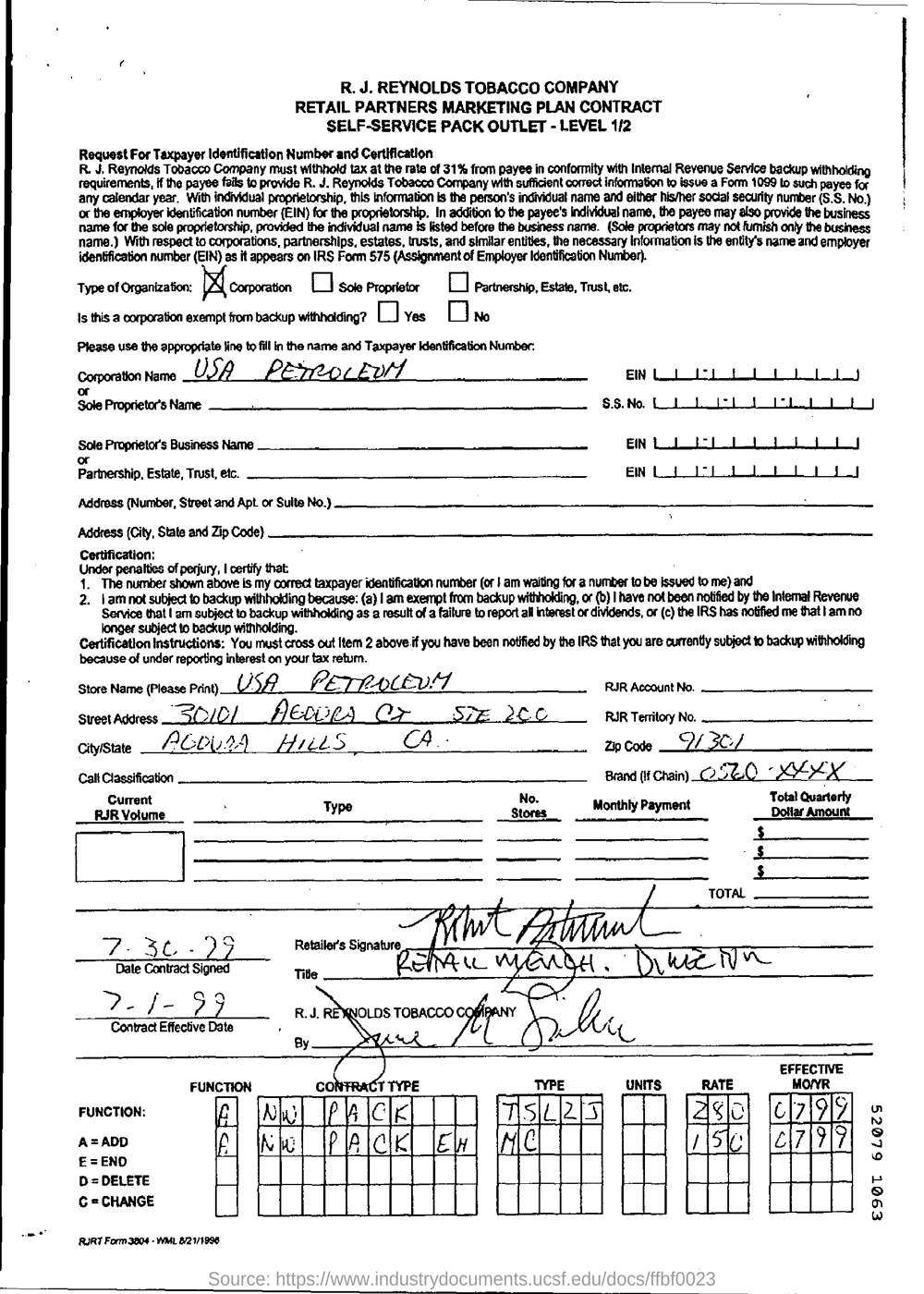Datasets:
dataset_info:
features:
- name: image
dtype: image
- name: question_id
dtype: int64
- name: question
dtype: string
- name: answers
sequence: string
- name: data_split
dtype: string
- name: ocr_results
struct:
- name: page
dtype: int64
- name: clockwise_orientation
dtype: float64
- name: width
dtype: int64
- name: height
dtype: int64
- name: unit
dtype: string
- name: lines
list:
- name: bounding_box
sequence: int64
- name: text
dtype: string
- name: words
list:
- name: bounding_box
sequence: int64
- name: text
dtype: string
- name: confidence
dtype: string
- name: other_metadata
struct:
- name: ucsf_document_id
dtype: string
- name: ucsf_document_page_no
dtype: string
- name: doc_id
dtype: int64
- name: image
dtype: string
splits:
- name: train
num_examples: 39463
- name: validation
num_examples: 5349
- name: test
num_examples: 5188
configs:
- config_name: default
data_files:
- split: train
path: data/train-*
- split: validation
path: data/validation-*
- split: test
path: data/test-*
license: mit
task_categories:
- question-answering
language:
- en
size_categories:
- 10K<n<100K
Dataset Card for DocVQA Dataset
Dataset Description
- Point of Contact from curators: Minesh Mathew, Dimosthenis Karatzas, C. V. Jawahar
- Point of Contact Hugging Face: Pablo Montalvo
Dataset Summary
DocVQA dataset is a document dataset introduced in Mathew et al. (2021) consisting of 50,000 questions defined on 12,000+ document images.
Please visit the challenge page (https://rrc.cvc.uab.es/?ch=17) and paper (https://arxiv.org/abs/2007.00398) for further information.
Usage
This dataset can be used with current releases of Hugging Face datasets library.
Here is an example using a custom collator to bundle batches in a trainable way on the train split
from datasets import load_dataset
docvqa_dataset = load_dataset("pixparse/docvqa-single-page-questions", split="train"
)
next(iter(dataset["train"])).keys()
>>> dict_keys(['image', 'question_id', 'question', 'answers', 'data_split', 'ocr_results', 'other_metadata'])
image will be a byte string containing the image contents. answers is a list of possible answers, aligned with the expected inputs to the ANLS metric.
Calling
from PIL import Image
from io import BytesIO
image = Image.open(BytesIO(docvqa_dataset["train"][0]["image"]['bytes']))
will yield the image

A document overlapping with tobacco on which questions are asked such as 'When is the contract effective date?' with the answer ['7 - 1 - 99']
The loader can then be iterated on normally and yields questions. Many questions rely on the same image, so there is some amount of data duplication.
For this sample 0, the question has just one possible answer, but in general answers is a list of strings.
# int identifier of the question
print(dataset["train"][0]['question_id'])
>>> 9951
# actual question
print(dataset["train"][0]['question'])
>>>'When is the contract effective date?'
# one-element list of accepted/ground truth answers for this question
print(dataset["train"][0]['answers'])
>>> ['7 - 1 - 99']
ocr_results contains OCR information about all files, which can be used for models that don't leverage only the image input.
Data Splits
Train
- 10194 images, 39463 questions and answers.
Validation
- 1286 images, 5349 questions and answers.
Test
- 1,287 images, 5,188 questions.
Additional Information
Dataset Curators
For original authors of the dataset, see citation below.
Hugging Face points of contact for this instance: Pablo Montalvo, Ross Wightman
Licensing Information
MIT
Citation Information
@InProceedings{docvqa_wacv,
author = {Mathew, Minesh and Karatzas, Dimosthenis and Jawahar, C.V.},
title = {DocVQA: A Dataset for VQA on Document Images},
booktitle = {WACV},
year = {2021},
pages = {2200-2209}
}